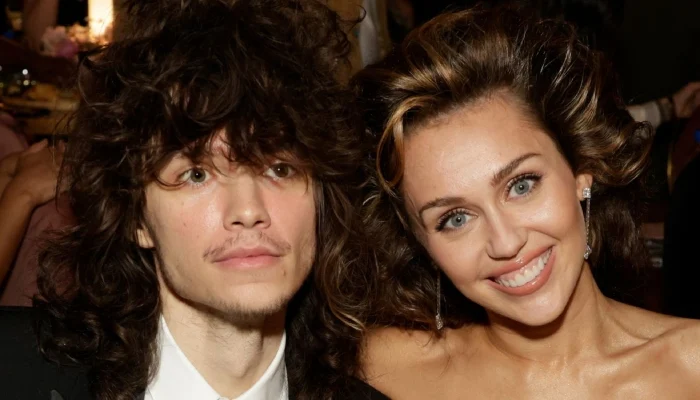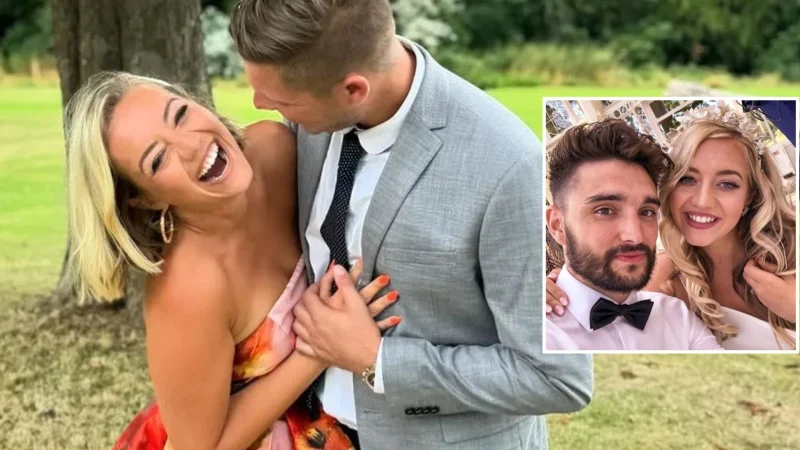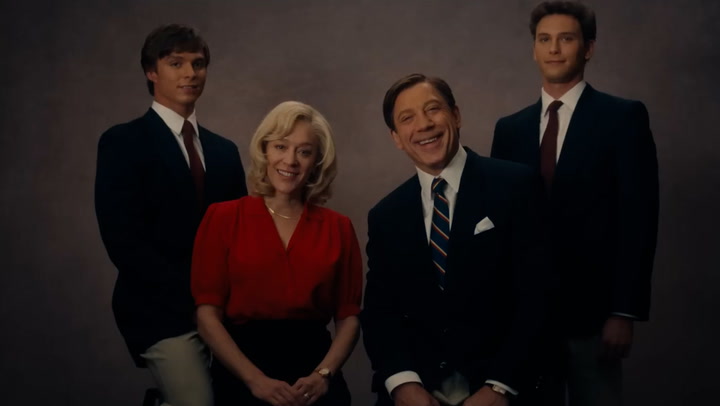How Taylor Swift’s Eras Tour Took Over the Entire World
On the morning that Taylor Swift’s “Eras Tour” is about to begin a three-night stand in Dublin, the older gentleman taking charge of my pᴀssport at airport customs has clearly had his fill of Swifties, probably processing them by the hundreds already today. When I reveal myself to be one too — despite being arguably the wrong gender, inarguably old and lacking a telltale “Lover” mascara star over my right eye — his disdain is palpable. Suddenly, I’m getting way more screening questions than anyone not on a watch list should. “What do you like about her?” he sneers, peering up over specs.
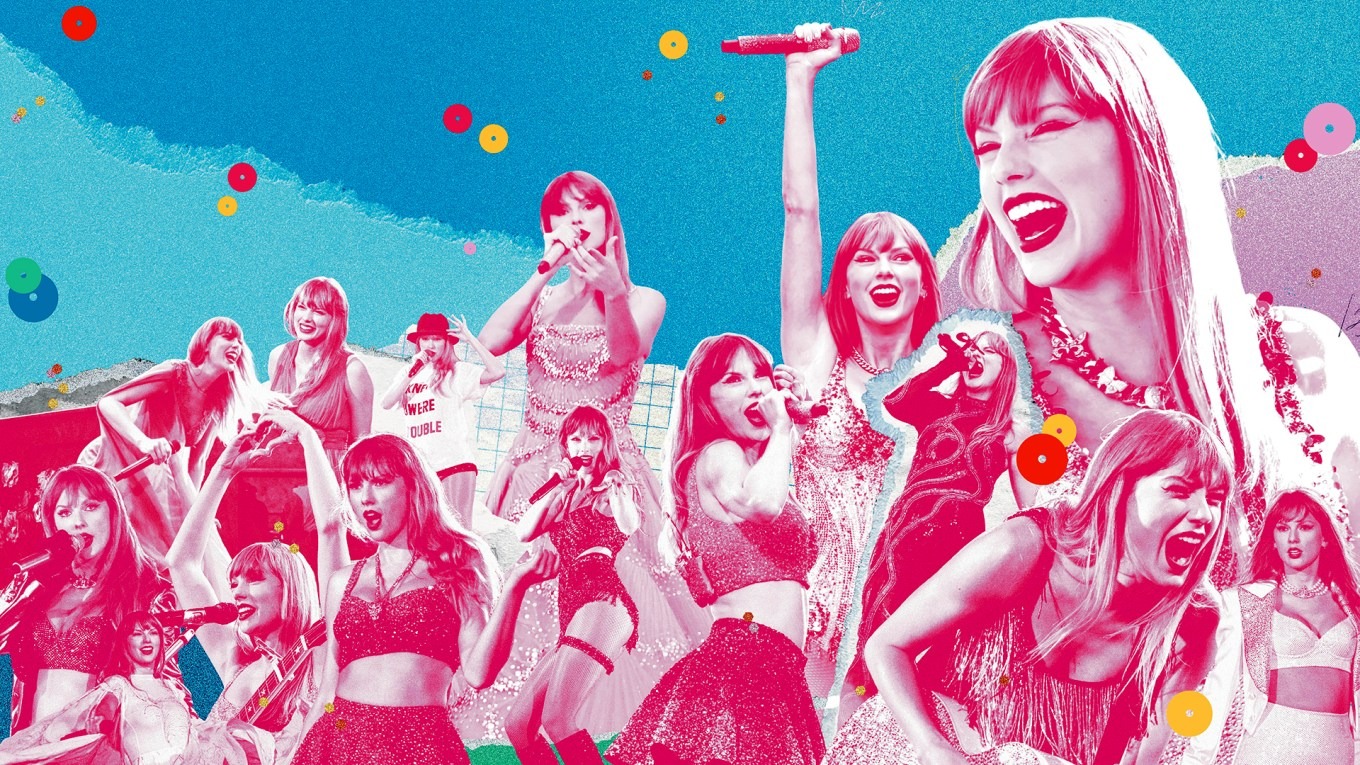
This is probably the wrong time for me to point out Swift’s Irish heritage, or to ᴀssert that she is this generation’s James Joyce. (The original king of the Easter eggs, right?) I wouldn’t really go that far — I’m only on record as doing my best to certify her as this century’s Beatles. Trying to figure out how to answer him, the past 18 years of extolling Swift in print flash before my eyes. I end up murmuring the bare minimum: “Um, her songwriting.” This seems to disturb him further. He snaps back: “Aren’t they all the same song” — a slight pause, and I know what’s coming next — “about her breakups?” Then, abruptly, he stamps me through, sparing me a detour to Interpol for more grilling
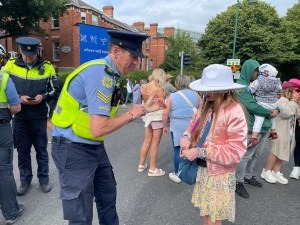
In the cab into town, the driver is blasting a local talk-radio personality sharing his dismay about the fans of an awful superstar taking over his country. The host reads an email sent in from a hater who says, “A year ago, when tickets went on sale, my partner and I made a reservation to take our kids out of the country this Friday morning. … Thank you for creating a safe space with your show.” I start to wonder if Swift might have met her match at the Cliffs of Moher.
But from my drop-off forward, the next three days are like living in a Swift-topia. The mile and a half to Aviva Stadium each night is like Disneyland when it shuts its doors early for an affinity group. Whether stopping in the pubs or walking through the charming neighborhood of Victorian brick homes adjoining the fancy new stadium, there’s that warm feeling of people who are united by one quality: They are all super in touch with their feelings — or else they wouldn’t be Swift fans. And they all are happy to stop on the street or over pints to talk about poetical expression. (Well, except for the occasional taciturn, invariably straight young male who has signified his supportive-plus-one status by wearing a jersey bearing the name of Swift’s Super Bowl beau, Travis Kelce.)
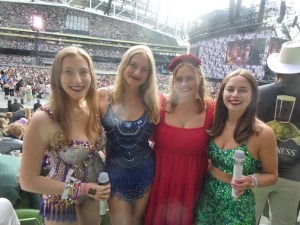
So it is that I end up chatting with a middle-aged gay man in a sequin-covered shirt whose female companion whispers to me, while he steps away to trade friendship bracelets with a 10-year-old girl and her mum, that Swift’s music just helped him through a difficult breakup. The girl then runs off to trade her homemade bracelets with a pair of high-helmeted Dublin policemen loaded up to their own elbows with friendship swag — unexpected accessories for long arms of the law.
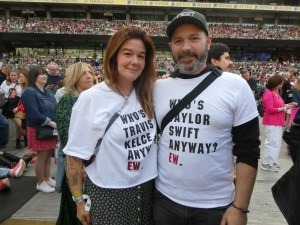
All the stories about American Swifties swarming overseas to catch “The Eras Tour” turn out to be true: You couldn’t swing a neon golf club around here without hitting a Yank. Approximately one out of every five fans I approach is visiting from the States — and the jubilation they’re feeling about the night’s impending concert is compounded by the fact that nearly all of them financed a European vacation and a concert ticket for roughly the same amount they would have paid on a secondary ticketing site for a typical four-figure ticket to one of last year’s predatorily repriced U.S. shows.
Remember the venerable stereotype of the Ugly Americans, brusquely trampling over refined Europeans in their travels? Thanks to Taylor Swift, who has a gift for laying out global welcome mats, this is the summer of the Spangly American.
At the stadium on night one, just down the row from me are a group of millennials from New Jersey, several in glam unitards inspired by the “Lover” or “1989” portions of the career-spanning show and looking like they were costumed by Swift’s own designer, with fake jewel-encrusted microphones to match. I ask how many hours went into perfecting these nearly pro-grade outfits.
“About 80 hours for mine,” says Megan McLaughlin. “Hers probably longer,” she adds,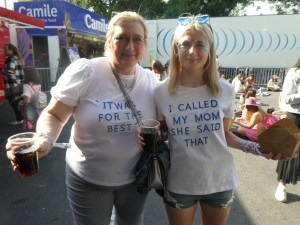 nodding toward one of her sisters, Margo Steinberg. “She knows all the glues and the best gems.” Indeed, confirms Steinberg, “I was working on mine since January. And, yes, I did quit my job to finish it!” She adds, when I ask if she cares to share any secrets to a particularly good look, “You have to use the B-7000 glue.” (A third sister, Amelia McLaughlin, admits she resorted to buying her spangly dress off Etsy — “I was doing a PhD, but I had to match these girls’ enthusiasm” — while a fourth, Carolyn McLaughlin, skipped the glitter and went for a red dress that matches Swift’s from the “I Bet You Think About Me” video.)
nodding toward one of her sisters, Margo Steinberg. “She knows all the glues and the best gems.” Indeed, confirms Steinberg, “I was working on mine since January. And, yes, I did quit my job to finish it!” She adds, when I ask if she cares to share any secrets to a particularly good look, “You have to use the B-7000 glue.” (A third sister, Amelia McLaughlin, admits she resorted to buying her spangly dress off Etsy — “I was doing a PhD, but I had to match these girls’ enthusiasm” — while a fourth, Carolyn McLaughlin, skipped the glitter and went for a red dress that matches Swift’s from the “I Bet You Think About Me” video.)
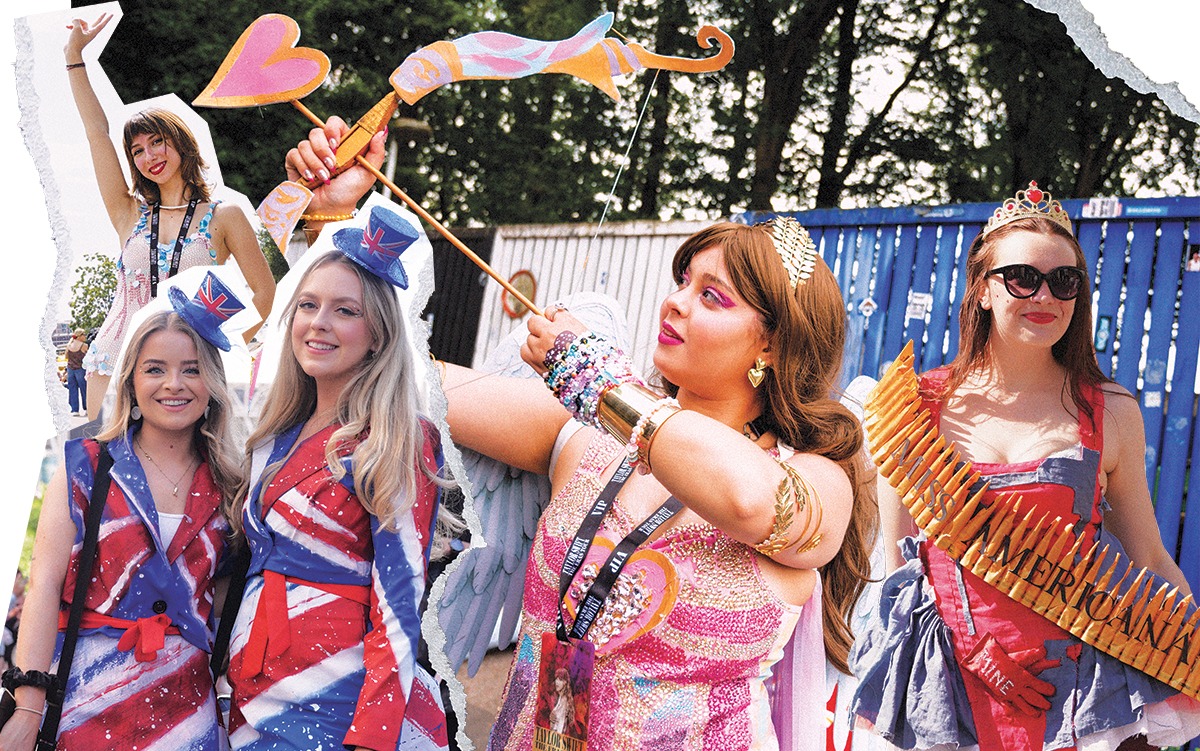
Certainly, there is an element of cosplay to many of the fans’ outfits. Some have seen footage of the new segment Swift added to the tour beginning in April 2024 — devoted to her most recent album, the 31-song “Tortured Poets Department” — and have managed to manufacture gowns that look like they’re made of paper and feature lyric excerpts printed on them in script, à la Swift’s custom-made Vivienne Westwood dress. I meet a group of American women who became friends as literature majors in college who have “Tortured Poets”-themed outfits, one duplicating the Westwood dress and the other with handmade printouts of the latest album’s lyrics pinned all over her black dress, as if she were literally pulling pages out of Swift’s playbook.
It’s the devotion to lyrics, even more than glitter, that is most impressive about the bespoke outfits fans have concocted for the occasion. There are scores and scores of Swifties wearing homemade T-shirts — sometimes singular, sometimes matching with a friend, like walking Burma-Shave signs. Some of the messages are obvious, like the dozens of laddies wearing “It’s me, hi, I’m the husband/boyfriend/father, it’s me” shirts. (Bet that seemed really original at one time.) But a lot of them refer to more obscure songs or stanzas, as if every nearby street or stadium loge section is full of human Easter eggs, begging to be unpacked. It’s hard to think of any other superstar in the history of stadium tours who could have inspired as much fan-crafted clothing rooted in the power of words.
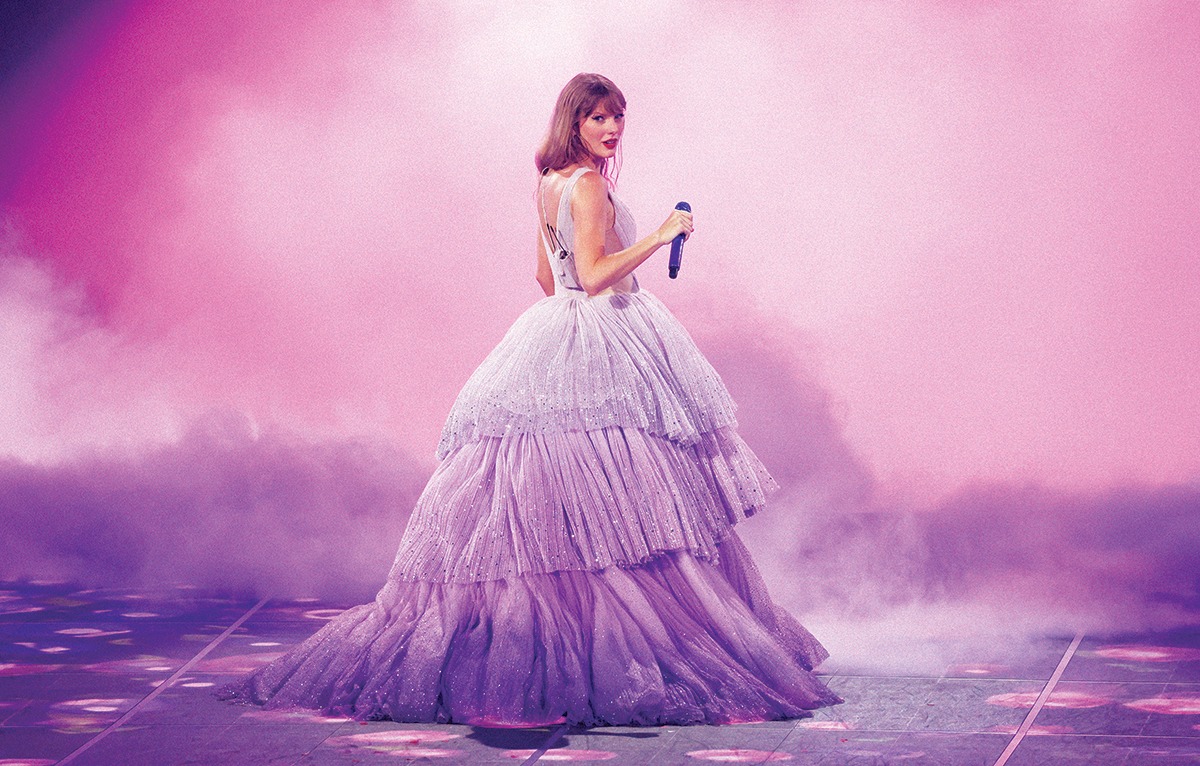
Combos of middle-aged mothers and their teen or 20-something daughters abound; some of them have seized on Swift’s mentions of her own mother, Andrea, to come up with their T-shirt ideas. On Lansdowne Road, I talk to a mum whose red-on-black shirt says, “Had to listen to all this drama,” accompanied by a daughter bearing the legend, “And here’s to my mama.” (This is a reference to Swift’s song “This Is Why We Can’t Have Nice Things.”)
Later, in a stadium Guinness line, I chat up a pair of thirsty locals, the daughter’s shirt reading “I call my mom, she said …,” with the mom’s shirt completing the thought: “It was for the best.” (Damn it, I had to Google to recall that’s from a “1989” Vault track that came out last year.) I ask the daughter if she had to explain to her mom what she was wearing. “She’s 52,” she replies. “I don’t think she knows.”
Age is really no guarantor of not getting it — the popular #SwiftieOver50 hashtag on X proves that. Although outnumbered, plenty of older people are unaccompanied by a minor, or by anyone who has been a minor in the past 20 years. I approach a middle-aged couple, Jean Sebastian Conley and Natasha Gagne, again bidden by their matching shirts — “Who’s Taylor Swift?” and “Who’s Travis Kelce?” They turn out to be French Canadians who found their 206-euro SRO tickets to be a steal compared with the extravagant resale prices they briefly considered back home after being shut out of the initial on-sale. I ask what attracted them to Swift since, unlike so many others here, they didn’t grow up with her.
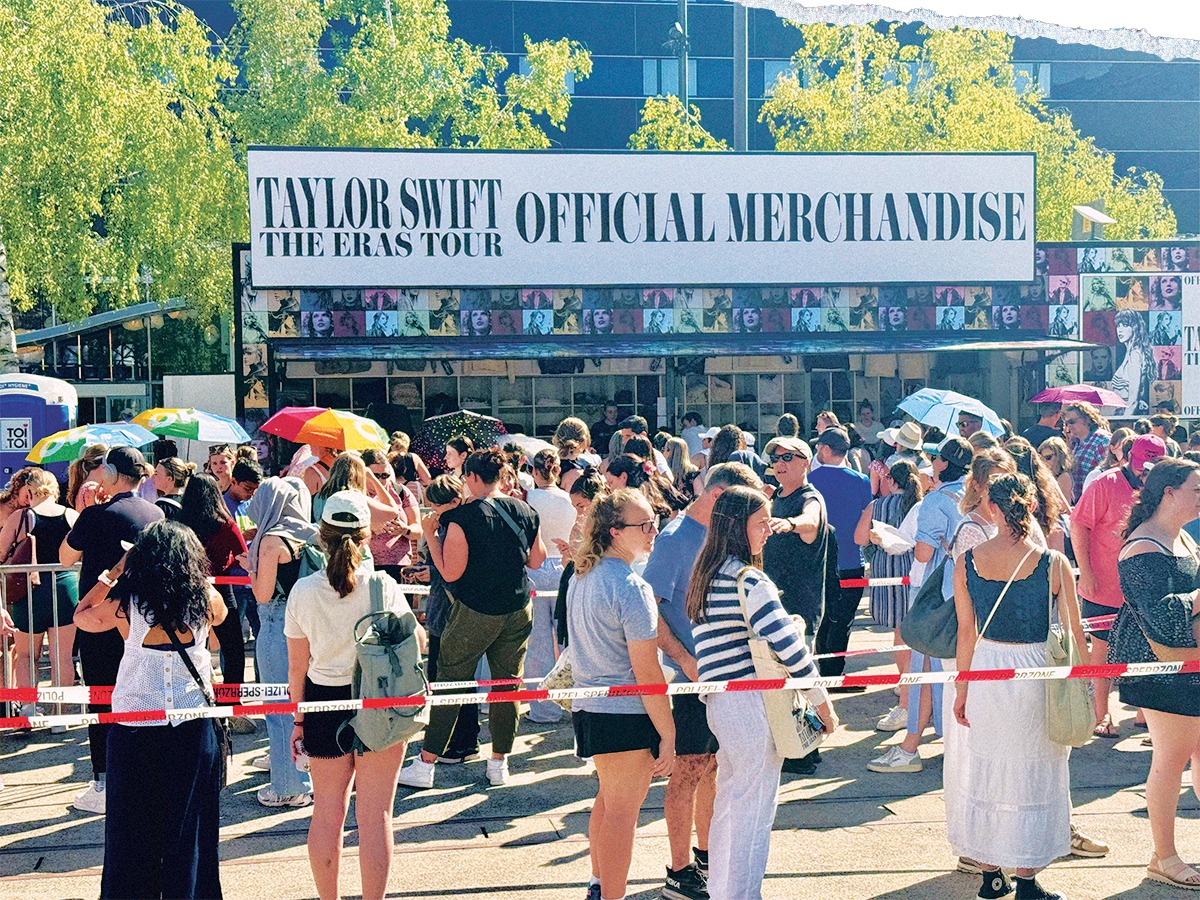
“I really fell in love with her with the ‘Folklore’ album,” Conley says, referring to her low-key Grammy-winning album recorded during the early months of the pandemic. “I think different audiences and older audiences found her through that and ‘Evermore’ because they were more singer-songwriter, a little bit rougher indie music, and that’s what we like most. So that’s how I got hooked.” For her part, Gagne says, “I like everything she represents. And when she redid all her masters, that’s where I thought she was a lady boss.”
It’s a reminder that, for however many mini-narratives Swift packs into the three hours and 20 minutes of an “Eras” show, there are really four or five years of backstory that feed into the audience’s shared awareness. When she sings the ominous ballad “My Tears Ricochet,” accompanied by a coven of stone-faced dancers, at least some fans will understand it as a distant reflection of her very public feelings about the men she considers her business bêtes noires, Scooter Braun and Scott Borchetta, who bought and sold (respectively) the rights to her first six albums, spawning much vitriol as well as four “Taylor’s Version” rerecorded albums to date.
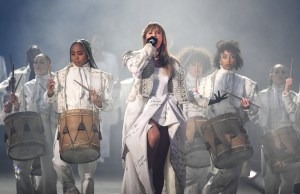
When the dancers put their grins back on, Swift plays an ebullient excerpt of a very recent “Poets” bonus track, “So High School,” which every person in the crowd will know is inspired by Kelce. There are some breakup songs of recent vintage too — yes, Mr. Customs Man! — like “The Smallest Man in the World,” which may or may not have cost Matty Healy, the 1975 frontman and former Swift paramour, a night of sleep.
The whole tour is themed around not just the newer records but the rerecordings that have made every older album in her catalog feel improbably fresh. It was, quite possibly, the single most baller move in the history of the record industry … and led to the career-retrospective concept for what is already unquestionably the biggest tour in the history of popular music.
